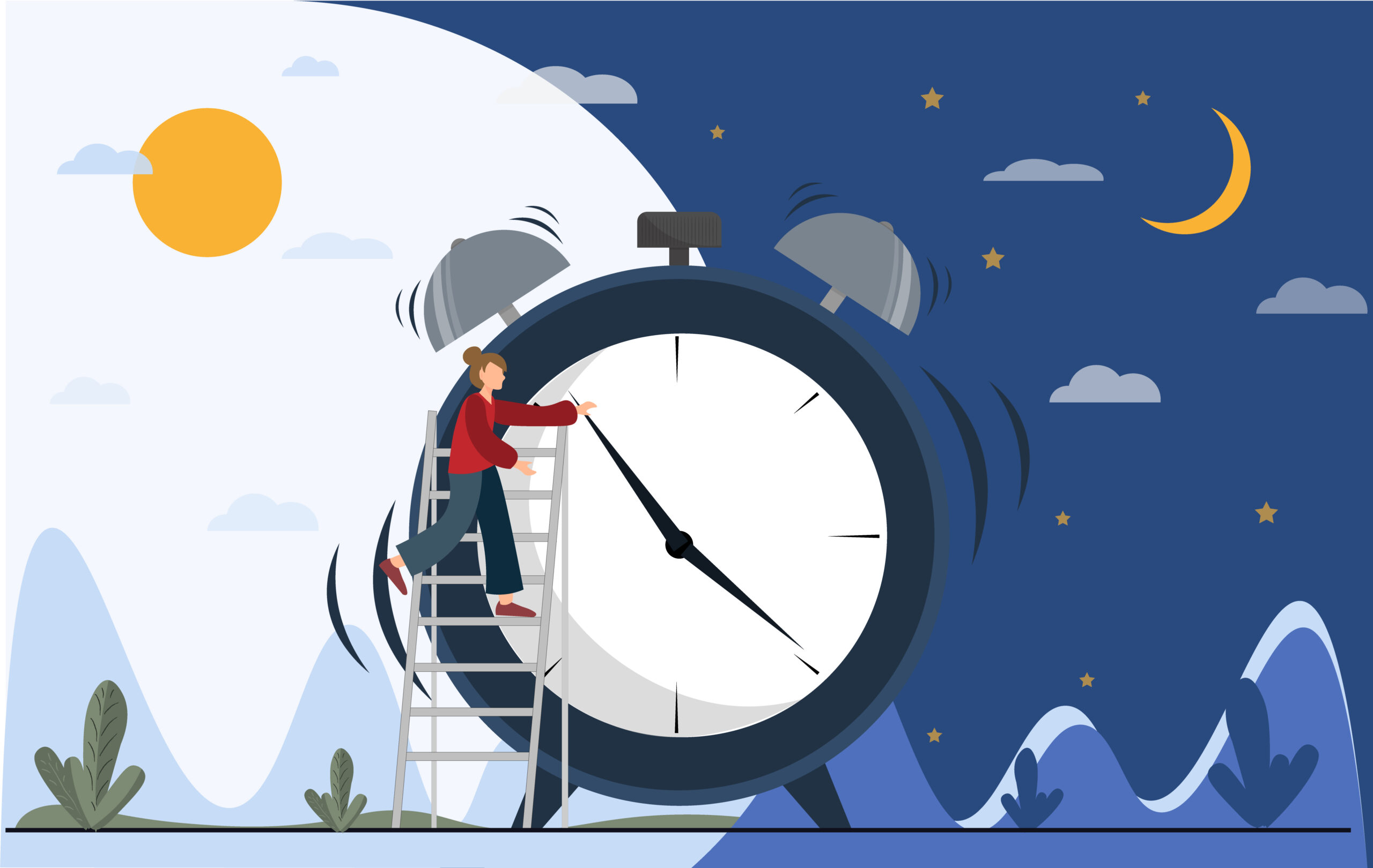
Delving into the Internal Clock: An Interview with Lynne Peeples
Introduction
Lynne Peeples, a seasoned journalist, embarked on a unique experiment to unravel the intricacies of her internal clock. Confined within a Cold War-era bunker nestled 50 feet beneath the surface of Arkansas, she aimed to comprehend the mechanisms that govern our sleep-wake cycle, appetite, and other physiological rhythms.
The Bunker Experiment
Armed with devices that meticulously tracked her temperature, glucose levels, sleep, and heart rate, Peeples isolated herself from external time cues such as sunlight, clocks, and screens. She relied on dim red LED lights to minimize disruption to her circadian rhythms.
As days turned into nights within the secluded bunker, a dramatic transformation unfolded. Her sleep patterns flipped, leaving her awake when the world above slumbered. Upon examining her biometric data, she realized that her various rhythms had become desynchronized. "I could feel it," Peeples recounts. "I was experiencing symptoms of sleepiness throughout the day, fluctuations in temperature, and mild depression."
The Science of Circadian Rhythms
Our bodies host intricate internal clocks known as circadian rhythms. These biological timekeepers regulate a multitude of bodily functions, including sleep, hunger, and hormone release. Their primary external cue is sunlight, which signals to our brains the transition between day and night.
In modern society, artificial lighting and irregular schedules can disrupt these natural rhythms, leading to a range of health issues. Peeples’ bunker experiment highlighted the importance of aligning our daily routines with the natural light-dark cycle.
Practical Implications
Peeples’ research offers valuable insights into how we can optimize our circadian rhythms for improved well-being.
1. Contrast
Ensure a pronounced difference between day and night by seeking ample daylight exposure during the morning hours. This helps reset your master clock and maintain synchronization with the 24-hour cycle.
2. Constriction
Limit your calorie intake to specific hours during the day, preferably concentrating meals earlier rather than later. Avoid consuming significant calories two to three hours before bedtime.
3. Consistency
Establish a regular sleep-wake schedule and adhere to it as closely as possible, regardless of the day of the week. This consistency helps stabilize your circadian rhythms and promotes restful sleep.
Personalization
While these general guidelines are beneficial, it’s essential to recognize that circadian rhythms vary from person to person. The optimal timing for certain activities may differ slightly depending on your individual chronotype.
Identifying Your Chronotype:
During periods of unrestricted sleep, such as vacations, observe your natural sleep-wake patterns without the influence of external time cues. Pay attention to when you feel most alert and energetic versus when you experience a dip in your energy levels. This self-observation can help you determine your chronotype.
Conclusion
Understanding and aligning with our circadian rhythms can significantly enhance our sleep quality, cognitive function, and overall well-being. By incorporating simple yet impactful strategies such as contrast, constriction, and consistency, we can harness the power of our internal clocks to live in harmony with our bodies and the natural world.
